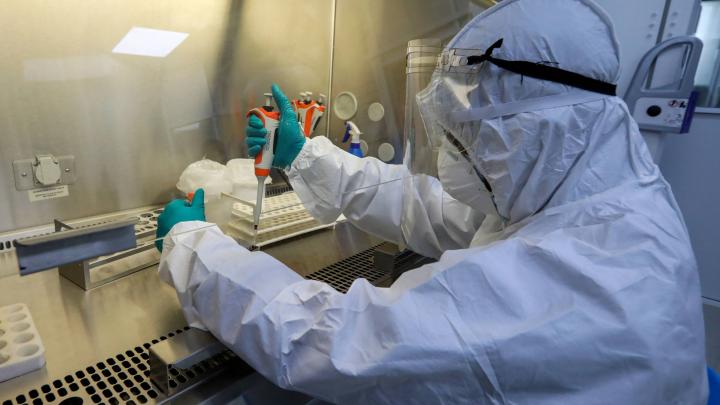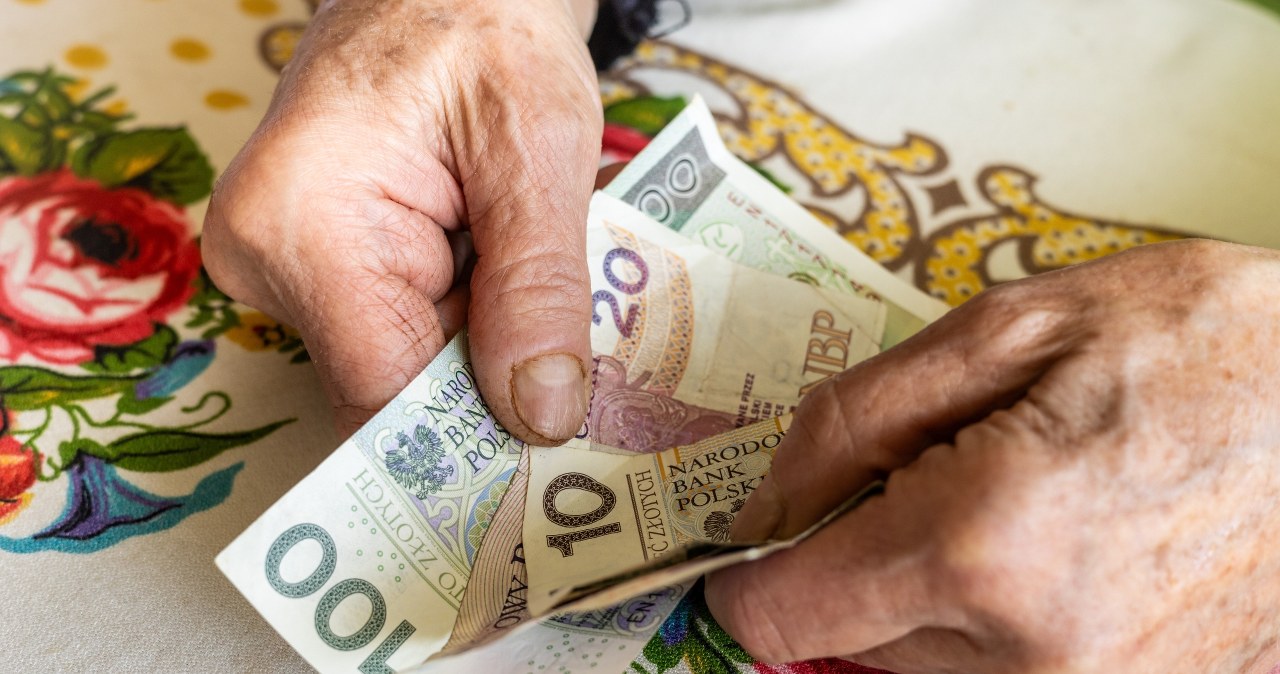Disadvantaged white pupils in England have "particularly poor educational outcomes", with areas performing worst for disadvantaged students disproportionately likely to have large populations of poor white children. The Institute for Government analysis reveals a troubling pattern of educational inequality concentrated in specific regions.
The statistics paint a stark picture of educational disparity. Only 18.6% of white British pupils eligible for free school meals achieved at least a grade 5 in their English and maths GCSEs in 2023-24, compared to 45.9% of all state school pupils in England.
Education Secretary Bridget Phillipson (Labour) called the situation a "national disgrace" that so many white working-class children are being "written off" in the education system. She told PA: "They're not well positioned to carry on with studies, to get an apprenticeship, to go on to university."
Geographic concentration
Local authority areas in the bottom fifth for disadvantaged pupil performance were disproportionately likely to have above-average shares of disadvantaged pupils from white backgrounds. The analysis focused on what researchers termed the "high-impact" group of pupils, made up mostly of white British students for whom disadvantage particularly affects performance.
According to the Independent, London schools achieve significantly higher Key Stage 2 attainment at 69%, which is eight percentage points above the national average of 61%. This gap has widened since the pandemic, highlighting growing regional disparities.
The Daily Mail reports that Chinese disadvantaged pupils have only a one percentage point gap compared to advantaged peers, while white British pupils face a 26 percentage point gap. Only 3% of British white pupils from low-income families attend top universities.
Pandemic impact
The Covid-19 pandemic has undone much of the last decade's progress in tackling educational inequalities. Many pupils awaiting GCSE results on Thursday were in Year 6 when schools first closed during the pandemic.
Amber Dellar, Institute for Government researcher and report author, said: "The pandemic has undone much of the last decade's progress in tackling educational inequalities, leaving some areas and groups of children far behind." She emphasised that tackling high absence rates among disadvantaged pupils "will be key" to narrowing educational inequalities.
Recent Department for Education figures show nearly 150,000 children in England were classed as "severely absent" in autumn 2024, missing at least 50% of possible school sessions. The Government plans to address these challenges through a Schools White Paper due in the autumn.
Sources used: "PA Media", "Daily Mail", "Independent", "GB News"
Note: This article has been edited with the help of Artificial Intelligence.














